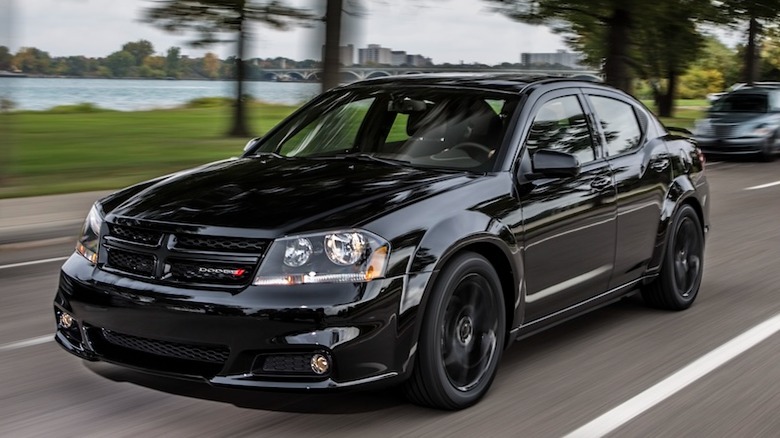The 3.6-liter Chrysler Pentastar V6 has been around in one way or another since 2010 (for the 2011 model year): Even at 14 years old, it’s still a staple in many lineups under the Stellantis umbrella of companies, which includes models from Jeep, Ram trucks, Chrysler, and Dodge. In 2019, it was announced that 10 million Pentastars have been produced. While many Dodge vehicles like the Durango, Charger, and Challenger are associated with supercharging and making serious amounts of power with the Hellcat trims, the Pentastar served as the base engine for several Dodge products over the years.
Depending on the application, the 3.6-liter Pentastar makes between 283 and 305 horsepower, and that number hasn’t really changed much over the Pentastar’s life. A Pentastar powering a 2013 Dodge Challenger wouldn’t be much different than the Pentastar powering, say a 2022 Dodge Challenger. Developing new engines takes a lot of time and money, so if you have something that works, why not adapt it to the larger portion of the lineup?
Muscle cars and defunct models
The two most famous recipients of the 3.6-Liter Pentastar are the base model versions of the Dodge Challenger and Dodge Charger. Both cars are based on the same platform, so it makes sense they would share an engine. When the Pentastar was introduced in the Challenger for the 2011 model year, it made a little more horsepower than the Charger at 305 horses, whereas the Charger made 292 horsepower. 14 years later, that slight difference still holds true. What do you gain from opting for the two-door Challenger? Exactly 13 horsepower.
Some defunct Dodges have also carried the Pentastar torch. The Dodge Grand Caravan carried the Pentastar from the 2011 model year until the van itself was discontinued in 2020. In that application, it made 283 horsepower — being in the ballpark of 300 horsepower for a minivan was pretty beefy for 13 years ago.
 Stellantis
Stellantis
The Dodge Avenger wasn’t around for very long, lasting from 2008 to 2014, and the Pentastar powered model was around for even less time. The Pentastar would end up replacing the previous V6 options in 2011, and remained an option until the demise of the car itself.
The Pentastar-powered SUVs
On the SUV front, another discontinued Dodge housed the Pentastar — the Dodge Journey. The Journey started with a 3.5-liter V6 in 2010 and eventually acquired the 283 horsepower Pentastar at the same time every other Chrysler product got a hold of it. For 2020, the last model year of the Journey, Dodge decided to axe the Pentastar. A press release from 2019 reads: “Dodge simplifies the 2020 Journey lineup to two models,” Dodge continues. “Both Journey models feature a standard 2.4-liter 16-valve DOHC four-cylinder engine.”
After the departure of the Challenger and Charger, the Durango will be the only surviving Dodge to use a Pentastar, an engine it first acquired for the 2011 model year. It’s the engine for the base model 2024 Durango, generating 295 horsepower. All told, the Pentastar has been in the engine bay of six different Dodges, from muscle cars to minivans. Dodge’s lineup may be shrinking as time goes on, but the Pentastar is still hanging around.
